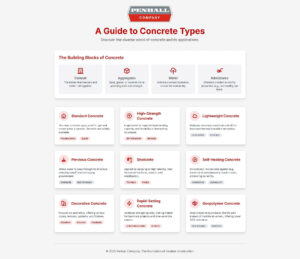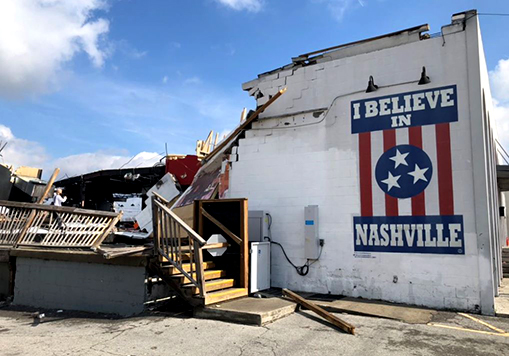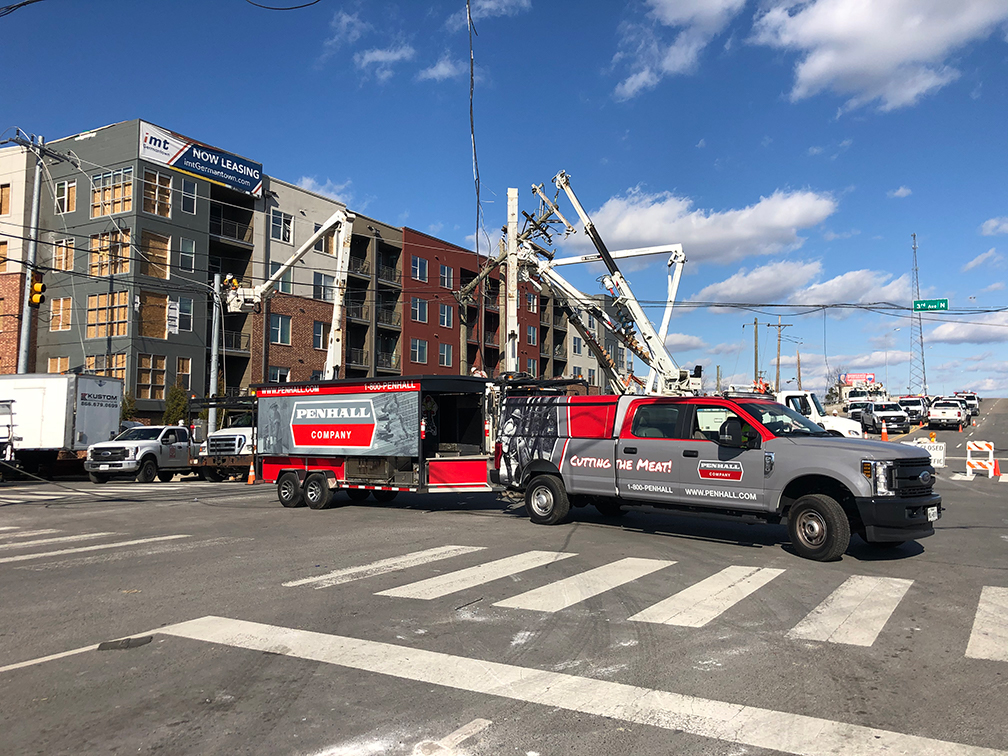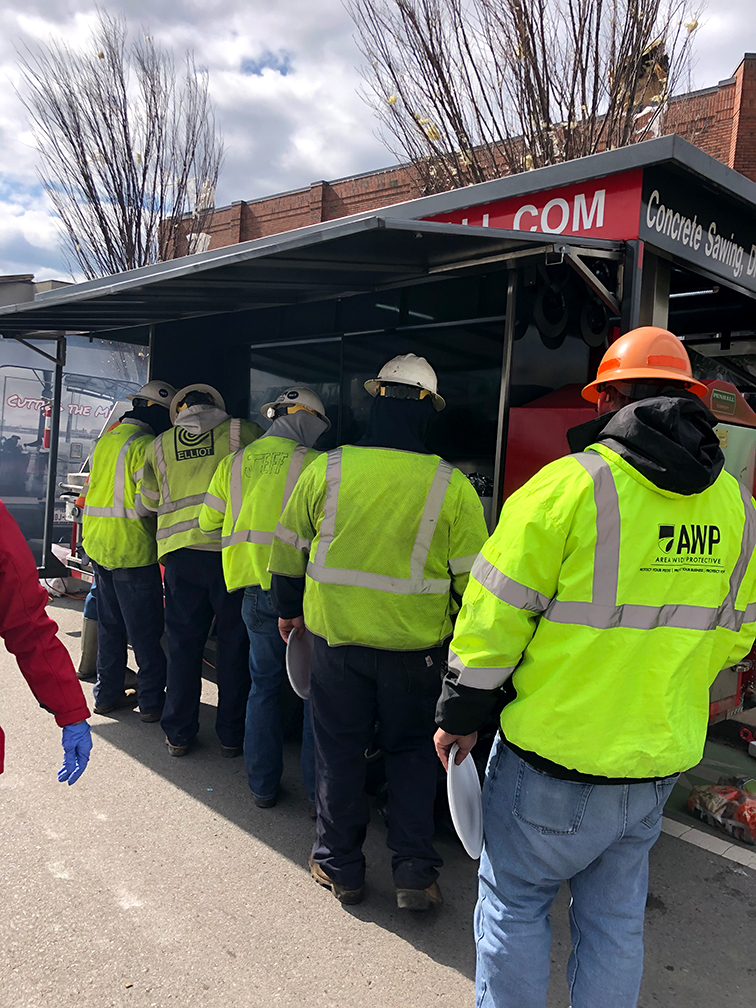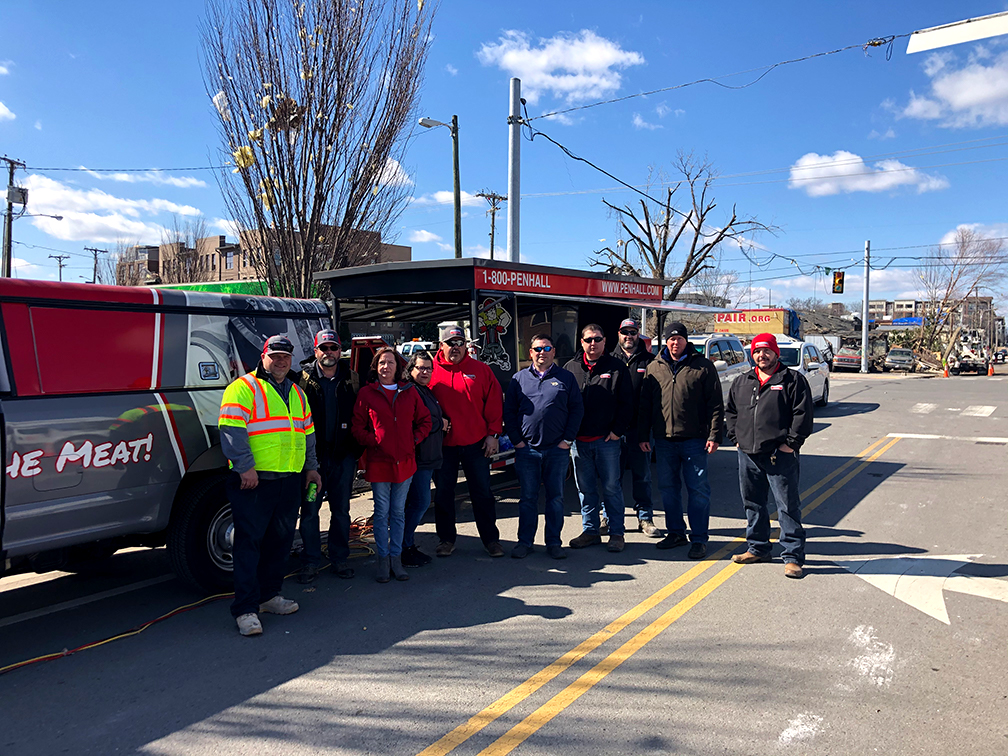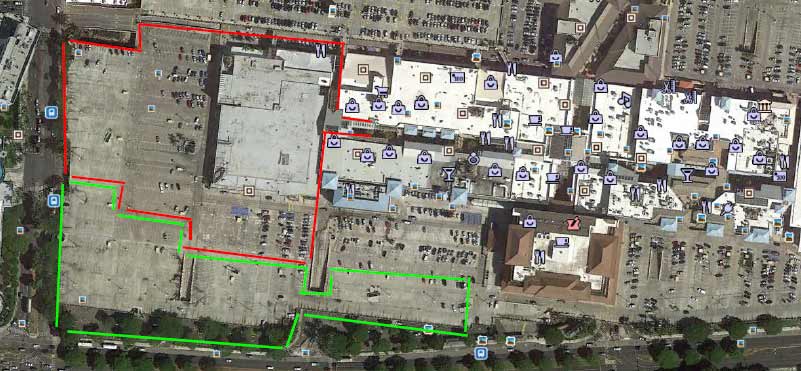What are Post-Tension Cables?
In the world of modern construction, there's an unsung hero that's been quietly revolutionizing the way we build: post-tension cables. These seemingly simple strands of steel have transformed the construction industry, enabling architects and engineers to push the boundaries of what's possible in terms of design and structural performance. We even provide technology services to identify them in buildings before work is done. But what exactly are post-tension cables, and how do they work their magic?
Post-tension cables are high-strength steel strands, wires, or bars that are used to reinforce concrete structures. Unlike traditional pre-stressed concrete, where the tension is applied to the reinforcement before the concrete is poured, post-tensioning involves applying the tension after the concrete has hardened. This distinction may seem small, but it has significant implications for the strength, efficiency, and versatility of the resulting structure.
The history of post-tensioning dates back to the early 20th century, but it wasn't until the 1950s and 60s that the technology really began to take off. Today, post-tension cables are used in a wide range of applications, from bridges and high-rise buildings to residential slabs and parking structures. Their ability to enable longer spans, thinner slabs, and more complex designs has made them an indispensable tool in the modern builder's toolkit.
Components of a Post-Tensioning System
A post-tensioning system is made up of several key components, each of which plays a critical role in the overall performance of the structure. At the heart of the system are the cables themselves, which are typically made of high-strength steel strands, wires, or bars. These cables are designed to withstand enormous tensile forces, with strength and durability characteristics that far exceed those of conventional reinforcement.
The cables are typically arranged in one of two configurations: single strands or multiple strands bundled together. In either case, the cables are coated with a corrosion-inhibiting grease and encased in a plastic sheathing to protect them from the elements and ensure their long-term performance.
The cables are anchored at each end by a device called a tendon. Tendons come in two main types: unbonded and bonded. Unbonded tendons are free to move within the concrete, while bonded tendons are grouted in place after tensioning. The choice between unbonded and bonded tendons depends on factors such as the specific application, environmental conditions, and design requirements.
The tensioning of the cables is accomplished using a jacking system, which applies a precise amount of force to the cables, typically using hydraulic or mechanical means. This force is then locked in place using anchors at each end of the tendon.
Finally, the space between the cables and the surrounding concrete is filled with a high-strength grout, which serves to protect the cables from corrosion and ensure effective load transfer between the cables and the concrete.
The Post-Tensioning Process: A Step-by-Step Guide
The post-tensioning process begins with careful design and planning. Engineers must calculate the precise tension levels and cable placements required to achieve the desired structural performance. This involves taking into account factors such as the loads the structure will be subject to, the span lengths, and the properties of the concrete and reinforcement.
Once the design is finalized, the first step in the installation process is to place the conduits or ducts that will house the post-tension cables. These are typically made of plastic or metal and are carefully positioned within the formwork before the concrete is poured.
After the concrete has been poured and allowed to cure to a sufficient strength, the post-tension cables are fed through the conduits. This is typically done using a specialized threading machine or by hand, depending on the size and complexity of the project.
Once the cables are in place, the tensioning process begins. The cables are anchored at one end and then stretched using a hydraulic jack at the other end. The amount of tension applied is carefully controlled and monitored to ensure that it meets the design specifications. After the desired tension level is achieved, the cables are locked off at the anchors, maintaining the tension within the structure.
The final step in the post-tensioning process is grouting. A high-strength grout is injected into the conduits, filling the space around the cables. This grout serves to protect the cables from corrosion and bond them to the surrounding concrete, creating a composite structure that acts as a single unit.
Advantages and Disadvantages of Post-Tensioning
Post-tensioning offers several significant advantages over conventional reinforced concrete construction:
Increased strength and span capabilities: By applying tension to the reinforcement after the concrete has hardened, post-tensioning allows for longer spans and thinner slabs compared to traditional methods. This can result in more open, flexible floor plans and reduced material usage.
Improved crack control and durability: The compressive forces introduced by post-tensioning help to minimize cracking in the concrete, leading to improved durability and a longer service life for the structure.
Flexibility in design: Post-tensioning allows for greater freedom in architectural design, enabling the creation of more complex and expressive structures.
However, post-tensioning also has some potential drawbacks:
Higher initial cost: The specialized equipment and expertise required for post-tensioning can result in higher upfront costs compared to conventional reinforced concrete.
Potential for corrosion: If not properly protected, post-tension cables can be vulnerable to corrosion, particularly in harsh environmental conditions. This can lead to costly repairs and maintenance over the life of the structure.
Challenges in repairs and maintenance: If issues do arise with post-tensioned structures, repairs and maintenance can be more complex and expensive compared to conventional reinforced concrete.
Safety Considerations and Regulations
Given the high forces involved in post-tensioning and the critical role that the cables play in the structural integrity of the building, safety is of paramount importance. Proper design and installation are crucial, and all work must be carried out by trained and certified professionals.
During the post-tensioning process, strict safety precautions must be followed to protect workers and ensure the integrity of the structure. This includes careful monitoring of the tensioning process, the use of appropriate personal protective equipment, and adherence to established safety protocols.
Post-tensioned structures are subject to a range of building codes and standards, which vary by jurisdiction. These codes typically specify requirements for materials, design, installation, and testing to ensure the safety and performance of the finished structure. Regular inspections and testing are also typically required to monitor the condition of the cables and anchorages over time.
Common Applications and Case Studies
Post-tensioning has found wide application in a variety of structures, from high-rise buildings and bridges to parking garages and residential homes. One of the most notable examples of post-tensioned construction is the Burj Khalifa in Dubai, the tallest building in the world. The tower's record-breaking height was made possible in part by the use of post-tensioned floor plates, which allowed for thinner slabs and more efficient use of material.
In the residential sector, post-tensioned slabs have become increasingly popular, particularly in areas with expansive soils. The ability of post-tensioning to resist soil movement and minimize cracking has made it an attractive option for homebuilders looking to provide a stable, durable foundation.
Other notable examples of post-tensioned structures include the Incheon Airport in South Korea, the Linn Cove Viaduct on the Blue Ridge Parkway in North Carolina, and the Alamillo Bridge in Seville, Spain. Each of these structures showcases the unique capabilities of post-tensioning in terms of span length, design flexibility, and structural efficiency.
Future Trends in Post-Tensioning Technology
As with any technology, post-tensioning continues to evolve and improve over time. One area of ongoing research and development is in the use of new materials, such as fiber-reinforced polymers (FRPs), which offer the potential for even greater strength and durability compared to traditional steel cables.
Another trend is toward more sustainable and environmentally friendly approaches to post-tensioning. This includes the use of recycled and recyclable materials, as well as designs that minimize material usage and embodied energy.
Finally, there is growing interest in the integration of post-tensioning with smart building technologies, such as sensors and monitoring systems that can provide real-time data on the performance and condition of the structure. This data can be used to optimize maintenance and repair strategies, as well as to inform future designs.
The Importance of Post-Tension Cables in Modern Construction
Post-tension cables have revolutionized the way we build, enabling structures that are stronger, more efficient, and more durable than ever before. From towering skyscrapers to humble residential slabs, post-tensioning has proven itself to be a versatile and valuable tool in the modern builder's toolkit.
As we look to the future, it's clear that post-tensioning will continue to play a vital role in shaping our built environment. With ongoing advancements in materials, design, and technology, the possibilities for post-tensioned structures are virtually limitless. So the next time you marvel at a soaring bridge or a sleek high-rise, take a moment to appreciate the humble post-tension cable – the unsung hero of modern construction.
Glossary of Terms
Tendon: A sheathed cable or group of cables used to apply post-tensioning forces to concrete.
Anchorage: A device used to lock off the tension in a post-tensioned cable at the ends of a tendon.
Grout: A high-strength cement-based material used to fill the space around post-tension cables, providing corrosion protection and ensuring load transfer.
Unbonded tendon: A post-tension tendon that is free to move relative to the surrounding concrete.
Bonded tendon: A post-tension tendon that is bonded to the surrounding concrete through grouting after tensioning.
Resources and Further Reading
For those interested in learning more about post-tensioning, the following resources provide a wealth of additional information:
Post-Tensioning Institute (PTI): https://www.post-tensioning.org/
American Concrete Institute (ACI): https://www.concrete.org/
"Post-Tensioning Manual" by the Post-Tensioning Institute
"Design of Post-Tensioned Slabs" by Bijan O. Aalami
"Post-Tensioned Concrete: Principles and Practice" by K. Dirk Bondy
These resources offer detailed technical information, design guidelines, case studies, and best practices for the use of post-tensioning in concrete construction. Whether you're a seasoned professional or just starting to explore this fascinating technology, these resources are an invaluable source of knowledge and inspiration.

